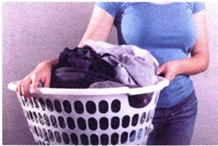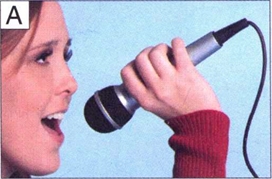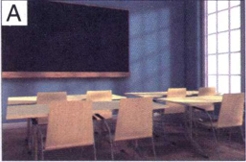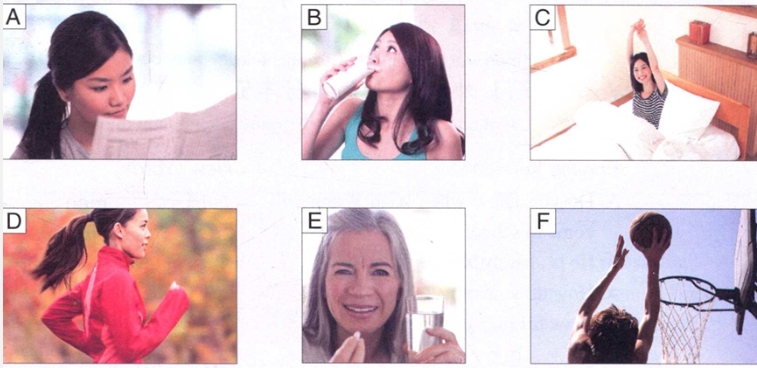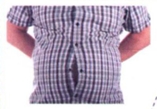排序
HSK 2 Unit 9 Too many questions, I didn’t finish all of them B
The e-book, including text, picture, audio and video explanation for HSK 2 Unit 9 Too many questions, I didn't finish all of them B 题太多了,我没有做完
HSK 2 Unit 9 Too many questions, I didn’t finish all of them A
The e-book, including text, picture, audio and video explanation for HSK 2 Unit 9 Too many questions, I didn't finish all of them A 题太多了,我没有做完
HSK 2 Unit 8 let me think about it and tell you later B
The e-book, including text, picture, audio and video explanation for HSK 2 Unit 8 let me think about it and tell you later B 让我想想再告诉你
HSK 2 Unit 8 let me think about it and tell you later A
The e-book, including text, picture, audio and video explanation for HSK 2 Unit 8 let me think about it and tell you later A 让我想想再告诉你
HSK 2 Unit 7 Do you live far from your company B
The e-book, including text, picture, audio and video explanation for HSK 2 Unit 7 Do you live far from your company B 你家离公司远吗?
HSK 2 Unit 7 Do you live far from your company A
The e-book, including text, picture, audio and video explanation for HSK 2 Unit 7 Do you live far from your company A 你家离公司远吗?
HSK 2 Unit 6 Why don’t you eat more? B
The e-book, including text, picture, audio and video explanation for HSK 2 Unit 6 Why don't you eat more? B 你怎么不吃了?
HSK 2 Unit 6 Why don’t you eat more? A
Expanation fo textbook HSK 2 Unit 6 你怎么不吃了why don't you eat more?
HSK 2 Unit 5 Take this one B
The e-book, including text, picture, audio and video explanation for HSK 2 Unit 5 Take this one B 就买这件吧
HSK 1 Unit 15 I came here by air B
The e-book, including text, picture, audio and video explanation for HSK 1 Unit 15 I came here by air A 我是做飞机来的

